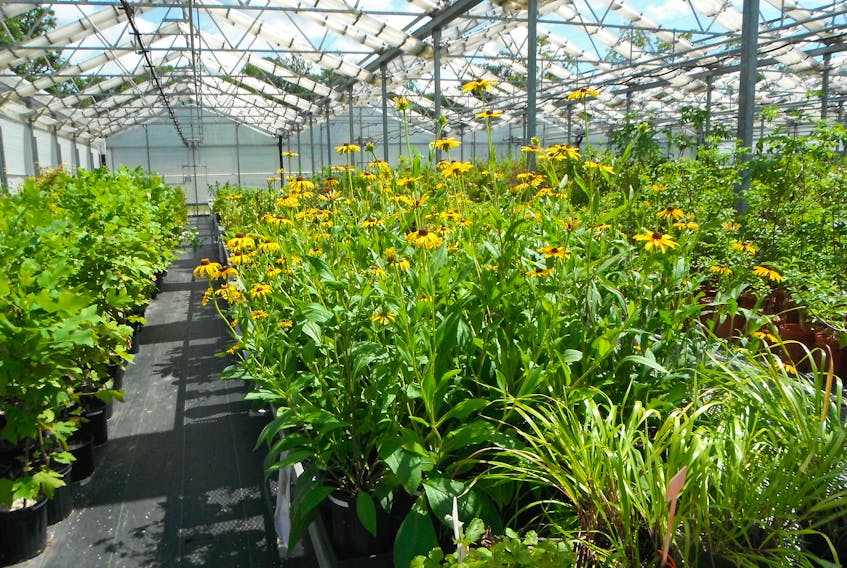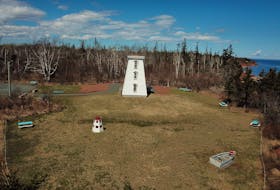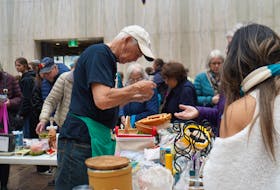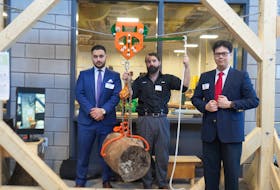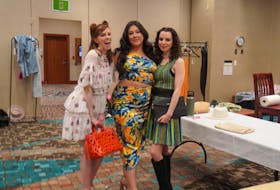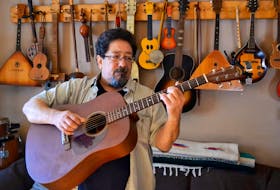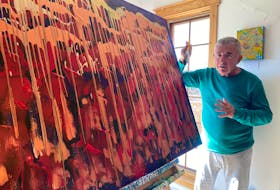We are big fans of the current native-plant movement.

Who cannot be inspired by their beauty and environmental benefits?
Looking for a low-maintenance garden?
Native plants are generally considered low maintenance as they are ecologically evolved.
Think about the definition of a native plant as a plant that existed here before the Europeans arrived about 500 years ago.
Native plants have weathered droughts and downpours through millennia, they support many pollinators and biodiversity, arguably more than many ornamental equivalents.
If you have developed an interest in planting native species, you will soon discover that not all of them are created equal. Consider these three categories for native plants beginning with the least native to the most pure:
Nativar or native cultivars
These are cultivated varieties of native species: native plants which have been bred for unique or desired qualities such as colour. Echinacea “sundown” is an example, hybridized for its burnt-orange colour from the purple-petalled native. Like many commercially available native plants, native cultivars are reproduced from cuttings for genetic consistency and many are sterile. They do not produce pollen for pollinators and have a low “ecological value”.
Basic perennial native plants
Available just about everywhere, these are the most popular varieties such as echinacea purpurea and black-eyed Susan (rudebeckia), which are popular for good reason. They are dependable, produce great colour, and provide pollinator support and are drought tolerant. Most of these plants are grown from cuttings in commercial nurseries: they grow true to the “parent” plant, which means less genetic diversity and ecological value for supporting wildlife than plants propagated from seed.
Seed-sourced open-pollinated natives
These native plants appeal to hardcore native plant enthusiasts. Locally sourced native plants are grown from seed that is sourced in an area where the plant is intended to grow. The benefit of choosing a locally sourced seed is the specific genotype is better adapted to the local environment. Growing from local seed sources also helps improve overall biodiversity. Open pollination allows for continuous evolution of the species. A lot of these species are also at risk of local extinction due to habitat loss, so growing from seed is also an act of preservation, which promotes greater biodiversity.
Seed-source natives are still largely a niche. The North American Native Plant Society (NANPS, http://nanps.org/) is a great place to start for people who are interested in getting involved in this area of horticulture. NANPS hosts excursions, workshops, social events, seed exchanges and plant sales.
Specialty nurseries have started up in recent years, which produce plants ready for sale by these same methods. St. Williams Nursery & Ecology Centre (https://stwilliamsnursery.com/) bills itself as a “conservation nursery” in St. Williams, Ont., that services the wholesale and ecological restoration trade. Demand for their plant material has been so great they are already taking orders for spring 2021.
In 2015, Aamjiwnaang First Nation, in southwestern Ontario, joined forces with a local non-profit called Return the Landscape (https://www.returnthelandscape.com/native-plant-greenhouse) to establish Maajiigin Gumig greenhouse. They produce more than 150 species of plants indigenous to Sarnia-Lambton. Plants are grown from seeds collected on the Aamjiwnaang First Nation’s property, a refuge for many species at risk. Maajiigin Gumig supports conservation by selling plants to the public on Thursdays as well as supplying other nurseries.
Kayanase Greenhouse, based on the Six Nations Reserve, near Brantford, Ont., is another native-owned and operated nursery that combines science and traditional ecological knowledge to scout for seed and nurture locally native plants. Many customers make the 90-minute drive from Toronto to visit their retail greenhouse and tour the traditional longhouse that shares the property. This year, they are offering curbside pickup. You can view their plant inventory online and email your order. With a staff of certified seed collectors, Kayanase (https://www.facebook.com/Kayanase/) even offers customized pollinator-seed mixes on request.
Gardening is a hobby with powerful potential to make a difference in the world. Native-plant gardening is an opportunity for all of us to make a difference in the restoration and preservation of native ecosystems.
Mark Cullen is an expert gardener, author, broadcaster, tree advocate and Member of the Order of Canada. His son Ben is a fourth-generation urban gardener and graduate of University of Guelph and Dalhousie University in Halifax. Follow them at markcullen.com, @markcullengardening, and on Facebook.

